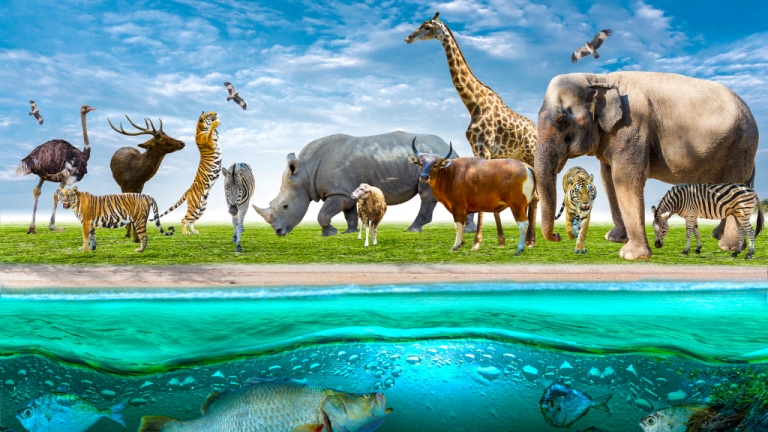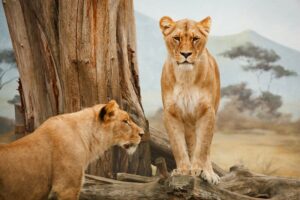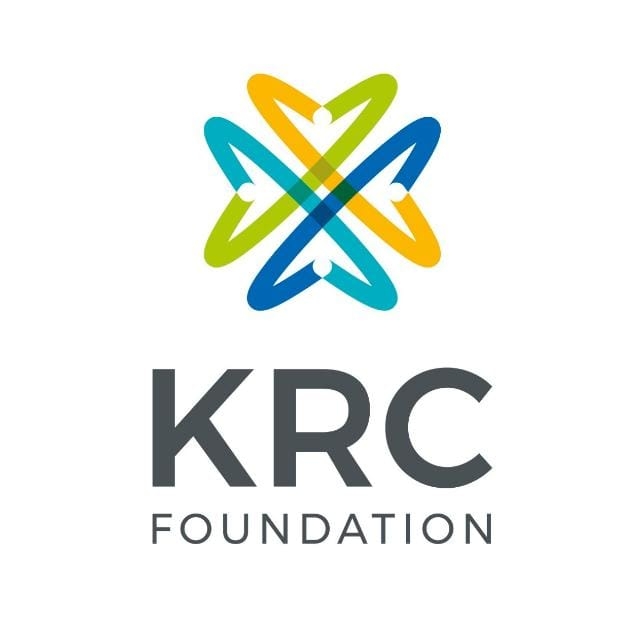World Wildlife Day(WWD) which is observed on 3rd March is an opportunity to celebrate the many beautiful and varied forms of wild fauna and flora and to raise awareness of the multitude of benefits that their conservation provides to people
 KRC TIMES Desk
KRC TIMES Desk

We are aware of wild lives and it does not mean only animals but plants and many other living species. Wildlife refers to undomesticated animal species, but has come to include all organisms that grow or live wild in an area without being introduced by humans. Wildlife can be found in all ecosystems like forests, deserts, plains, grasslands, woodlands, etc
We should know that 1 in 5 people around the world rely on wild species for income and food, while 2.4 billion people depend on wood fuel for cooking. It seems surprising, but cacti, seaweeds, giraffes, parrots, and oak trees are groups of species endangered. Currently there are one million species under threat. Wild species are under threat around the world in spite of people everywhere relying on wildlife and biodiversity-based resources to meet their needs – from food, to fuel, medicines, housing, and clothing.

World Wildlife Day(WWD) which is observed on 3rd March is an opportunity to celebrate the many beautiful and varied forms of wild fauna and flora and to raise awareness of the multitude of benefits that their conservation provides to people. At the same time, the Day reminds us of the urgent need to step up the fight against wildlife crime and human-induced reduction of species, which have wide-ranging economic, environmental and social impacts.
WWD 2024 focuses on digital innovation and emphasizes how digital conservation technologies and services can drive wildlife conservation, sustainable and legal wildlife trade, and human-wildlife coexistence. This year’s theme, “Connecting People and Planet: Exploring Digital Innovation in Wildlife Conservation”, recognizes the impact of digital interventions on ecosystems and communities in an increasingly connected world.
While technological advancements have significantly improved various aspects of wildlife conservation, including research, communication, tracking, and DNA analysis, challenges such as uneven access, environmental pollution, and unsustainable technology use impede achieving universal digital inclusion by 2030. WWD 2024 serves as a platform for cross-generational exchange and youth empowerment.
It’s high time that we focus on wildlife conservation. This also brings more career opportunities for young people who are committed to work for nature. There are different job avenues or opportunities for self employment related to wildlife conversation. One may choose to study science stream after senior secondary and choose different courses and subjects to get engaged in the field of wild life.
One of the options is studying Veterinary Science and becoming a doctor and contributing to the field of wildlife safety. Veterinary science is a branch of medical science that deals with the diagnosis and treating of injured animals. Students will focus on the study of animal immunology and infectious diseases that occur to the animals. Job options include Animal Doctor, Animal Anatomist, Animal Pathologist, Animal Physiologist, Animal Surgeon, etc.
Apart from studying Veterinary Science, aspirants may also choose life sciences like zoology, botany, etc. Students who are interested in animals may choose zoology and people who have interest in plants may choose botany but both are important when it comes to wildlife and their safety or protection by different means. There are specific bachelor and masters degree courses related to Wildlife Sciences. There are many other courses related to wildlife conservation or management.






